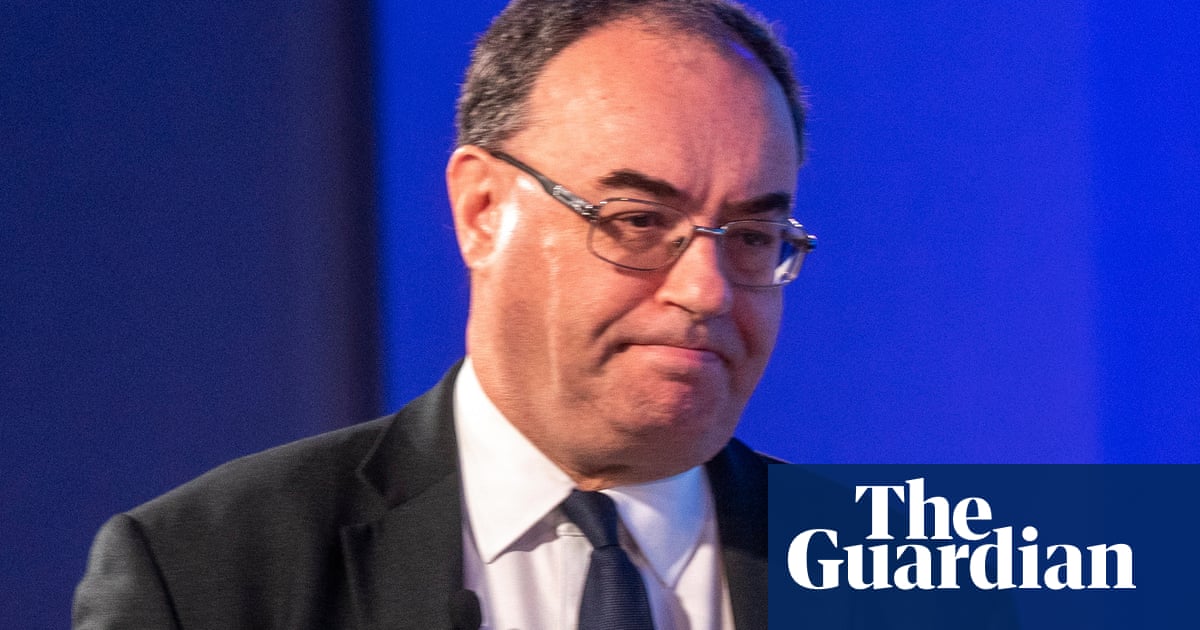
Britain’s annual inflation rate is poised to fall below 10% for the first time since last August when the latest official figures for the cost of living are released on Wednesday.
A sharp fall in energy prices is thought likely to have dragged down the government’s preferred measure of inflation from 10.4% in February to 9.8% in March, according to a poll of economists conducted by Reuters.
The Bank of England, which is responsible for hitting the official 2% inflation target, believes there will be further falls over the coming months as the impact fades of last year’s invasion of Ukraine by Russia.
The consumer prices index rose by 1.1% in March alone last year, followed by a further 2.5% increase in April, but the price of gas on global wholesale markets is now lower than it was before the war began on 24 February 2022.
Threadneedle Street interest-rate setters on the Bank’s monetary policy committee are, however, concerned that core inflation – which excludes items such as food and energy – will prove harder to bring down than the headline rate.
While MPC members do not have a target for core inflation, they see it as a proxy for price pressures generated by the domestic economy. On this measure, the annual cost of living rose from 5.8% to 6.2% in March.
Headline inflation was expected to drop below 10% when the February figures were released last month but instead rose from 10.1% to 10.4% as a result of the biggest increase in food prices in 45 years.
The former MPC member Andrew Sentance said on Tuesday the Bank was itself partly responsible for double-digit inflation by continuing with its money creation programme – quantitative easing – for too long.
He told MPs on the Treasury committee: “We had this long period of extremely low interest rates and further injections of QE after the immediate problems and the financial crisis have passed. That all, I think, has contributed over a period of time to the inflationary pressures that we’re now seeing.”
Even if the economists’ prediction proves accurate, UK inflation will remain markedly higher than in the US and the eurozone, where it currently stands at 5% and 6.9% respectively.












